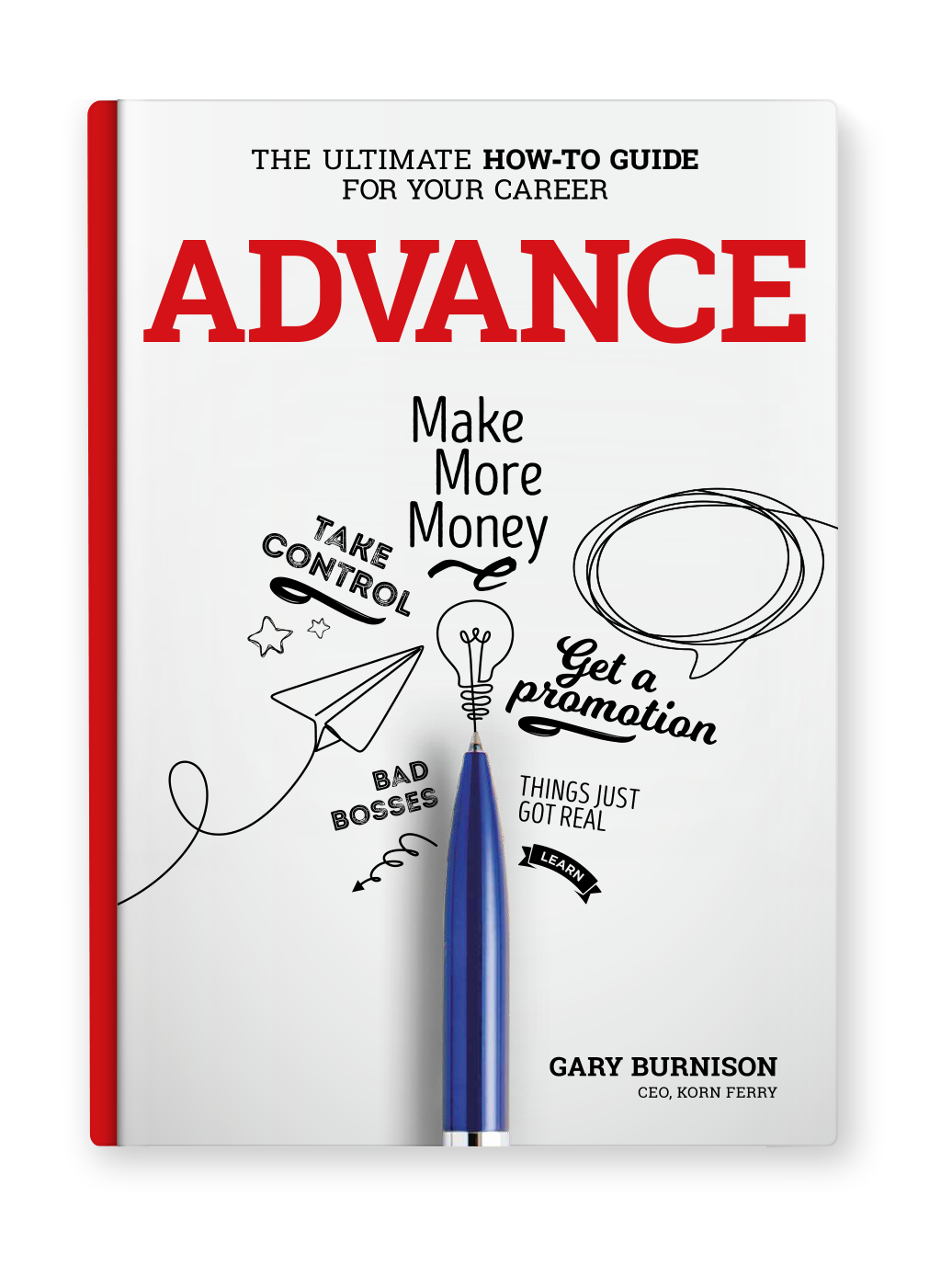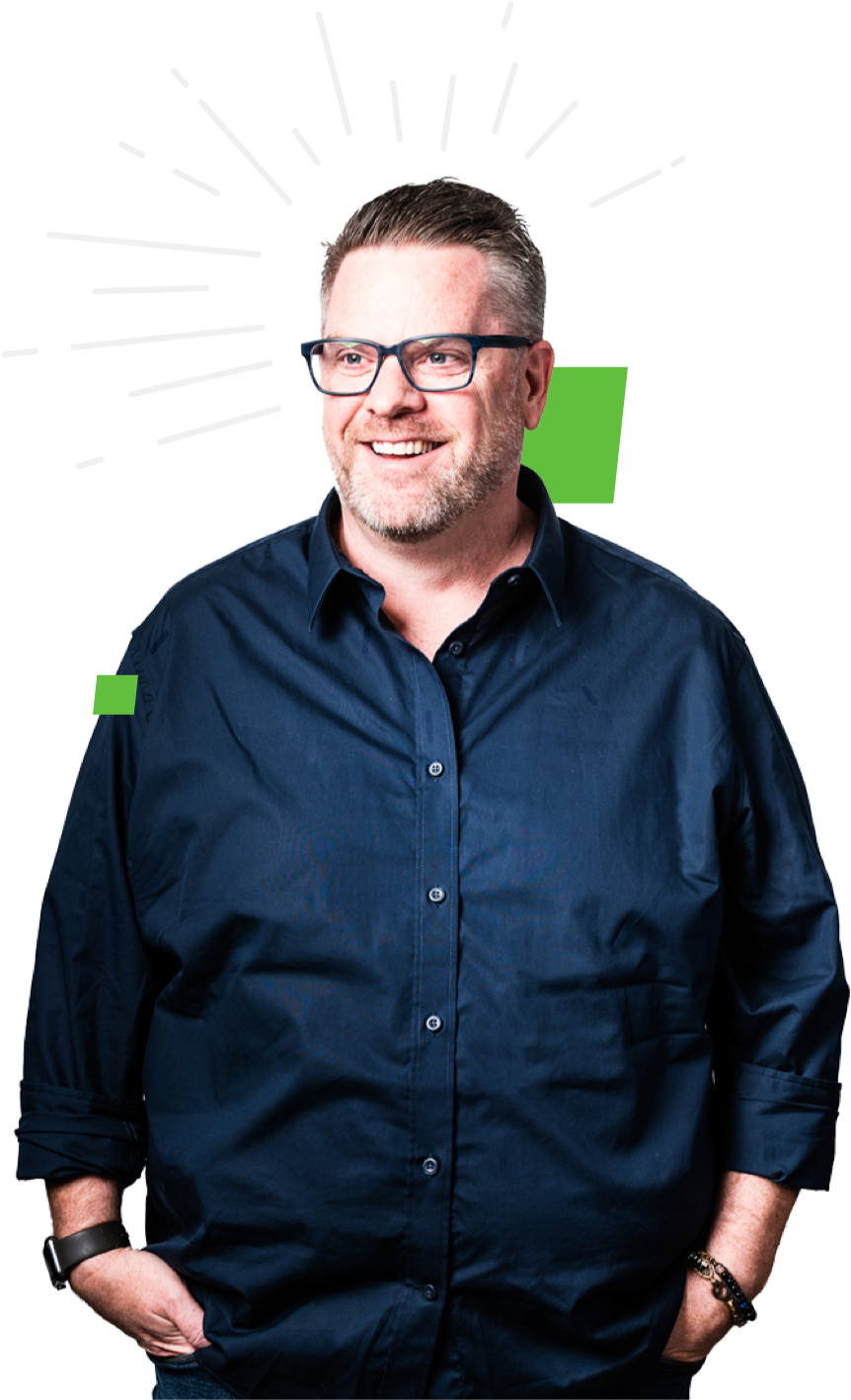How To Play the Word Game with Resumes and Online Profiles
As job searching evolves from automation to AI, just having the right keywords is as important as having the right skills.
Wayne Reed couldn't understand why he never heard back from the recruiter after applying for the project manager position she had posted on LinkedIn. As his profile and resume noted, he had more than a decade of experience in the field and had been promoted into roles of increasing responsibility. He also had the requisite strong communication and presentation skills, digital software knowledge, and managerial background. He had all the qualifications for the role and more. But Reed never heard back from the recruiter because the recruiter never saw his resume.
Reed is not real, but his experience is for many of us. As job searching evolves from automation to AI, and the battle for talent intensifies, having the right keywords in your resume and LinkedIn profile is as important as having the right skills. (Broadly speaking, the following framework for resume and profile writing applies not only to LinkedIn, but also to Indeed, CareerBuilder, and other job-search sites as well.) "Most people use their resumes and LinkedIn profiles as tools to proactively apply for jobs," says Christian Moritz, president of Klaxos, which provides digital optimization services on both the offering and seeking side of job searches. "But they should be used more like flypaper, to increase visibility so recruiters can bring opportunities to them."
In other words, optimize it. Most organizations now use some form of recruiting software based on predictive analytics to match skills and competencies to job requirements through combinations of keywords used in resumes and profiles and the context in which they are written. Much like a Google results page, the software searches and filters candidates using a multitude of variables-most recent job, company, region, income level, title, specific skills-and surfaces the most relevant resumes and profiles for the recruiter. More advanced applications can even make smart suggestions based on transferable skills it identifies or behavioral patterns such as groups joined or pages visited.
"Candidates can help themselves by being explicit about highlighting accomplishments and mentioning achievements in numeric terms where possible, and by avoiding using long, descriptive phrases about job responsibilities," says Raghav Singh, Korn Ferry's director of analytics reporting.
And while the title of Korn Ferry CEO Gary Burnison's book-Lose the Resume, Land the Job-may say otherwise, he and most others agree that resumes, while focused on too much, are still part of the lingua franca of the business world.
But that doesn't mean simply running Microsoft's resume assistant tool, which uses what you wrote to suggest similar language pulled from profiles highly ranked in LinkedIn's recruiter search rankings, much like a spelling and grammar check. Moritz advises, for instance, incorporating keywords directly from the desired position's responsibilities and qualifications into your resume and emphasizing hard rather than soft skills-for example, "expertise in marketing automation" instead of "team player on a collaborative digital marketing product."
Relatedly, Moritz says to be as specific as possible when describing hard skills. Lots of people on LinkedIn claim accounting as a skill, but far fewer have experience in forensic accounting. One easy hack for candidates is to use the language that LinkedIn employs to auto-populate its "Skills and Endorsements" section, and then creating a word cloud from there. So, for instance, widen out "cloud computing" to include "cloud applications," "hybrid cloud," "private cloud," and more. Other suggestions include: activating the open candidates feature so recruiters know you are fielding pitches, tying your profile to the official pages of your employer and university where possible, combining multiple experiences at a company into one entry, and using LinkedIn's "how you match" tool, which helps candidates and recruiters see if they are a good fit in advance of applying or an interview.
Job searching today is more of a two-way street than ever before. Recruiters and companies are exploiting as many platforms as possible to attract and retain talent. But before you can get the interview, you have to get your resume and profile seen-and that is as much about optimization as it is about skills and experience.







